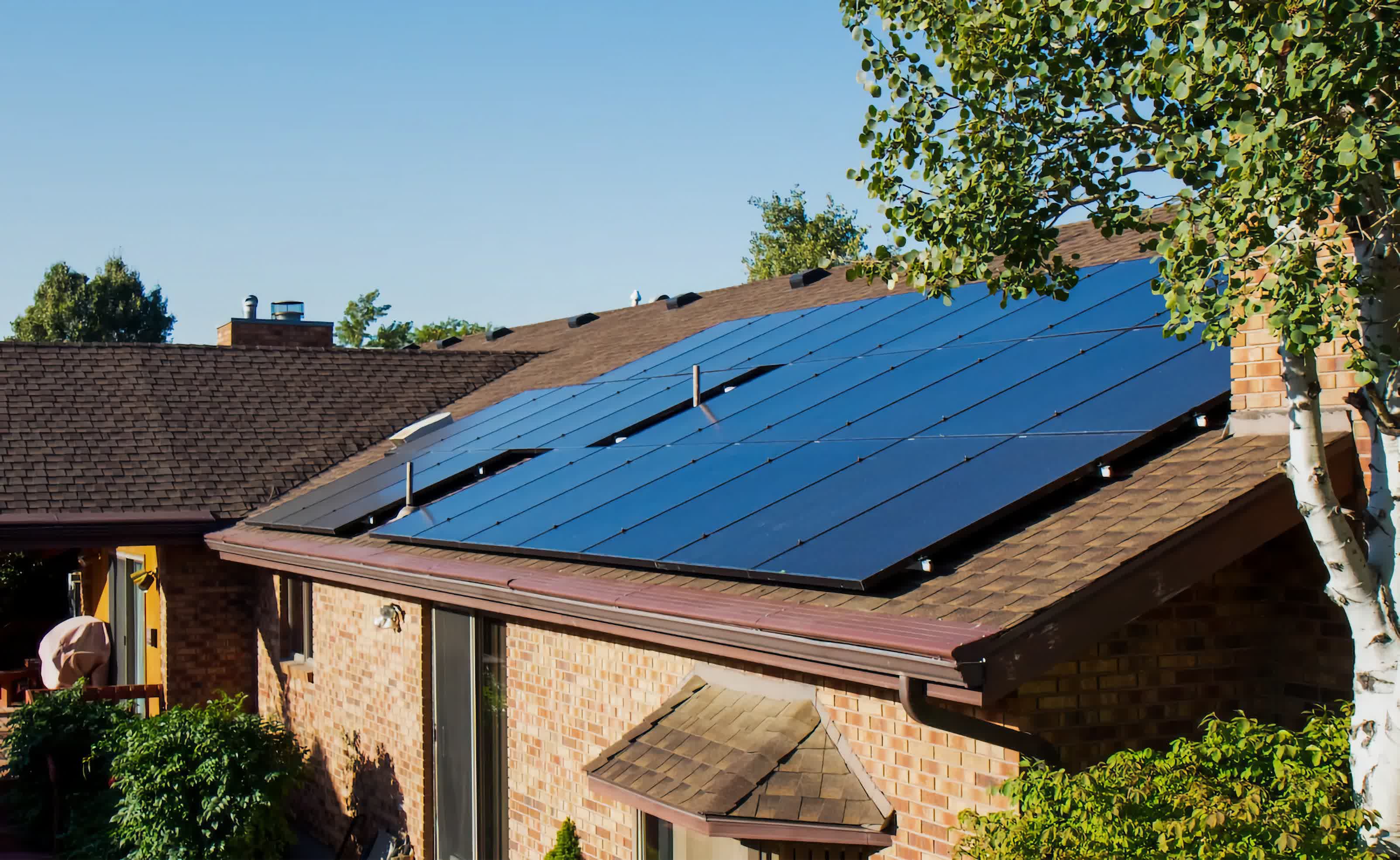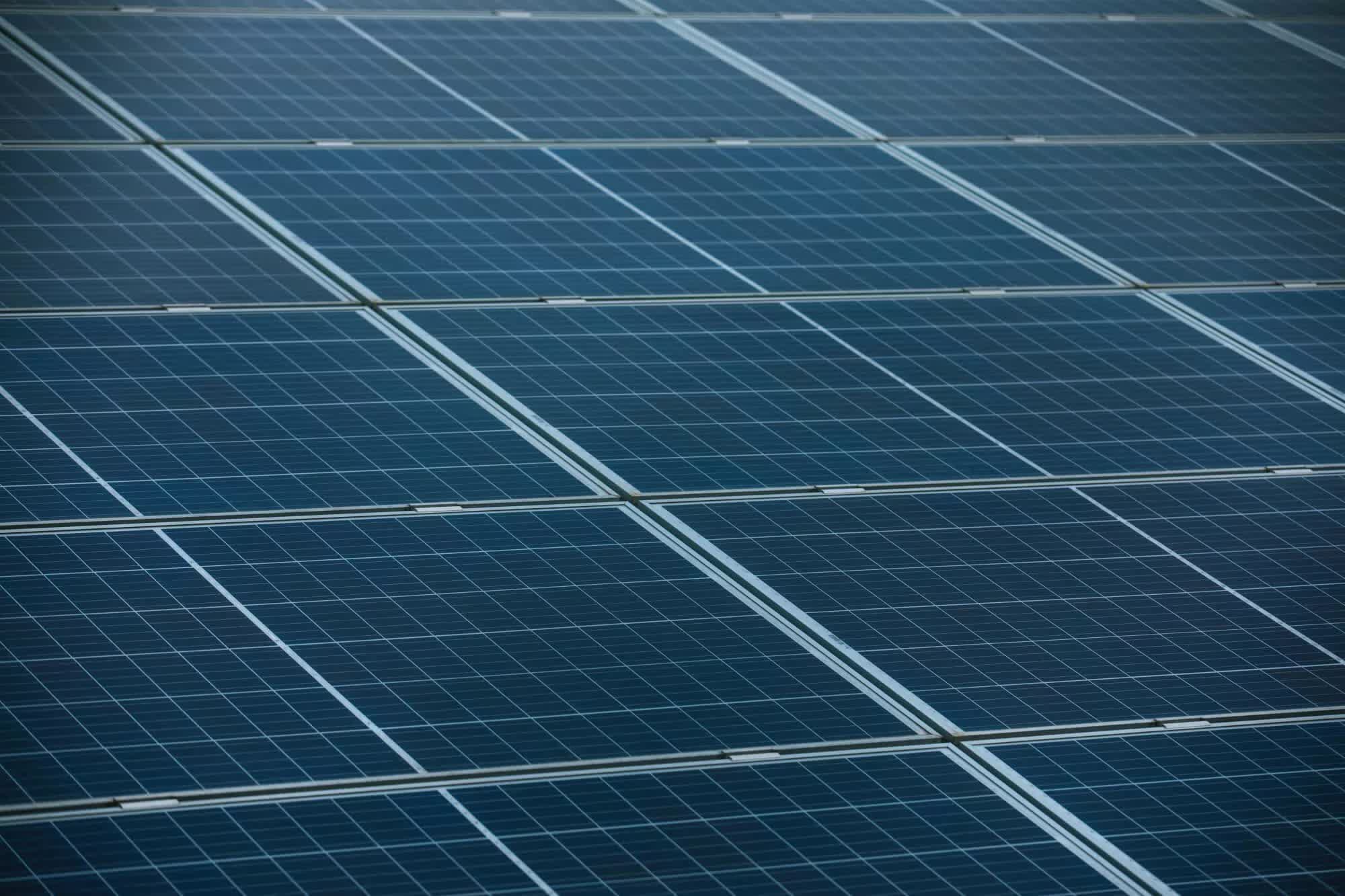Why it matters: Solar panels are meant to last for decades, with an estimated operational lifespan of 20 to 40 years. However, their efficiency and the ability to generate power will degrade over time. Surprisingly though, a new long-running test in France paints a positive picture of the longevity of solar panels in the wild.

In 1992, a small 1-kilowatt solar array called Phébus 1 was connected to the French grid by Hespul, a nonprofit renewable energy association based in Lyon, France. Over 30 years later, that same installation is still pumping out watts. After dismantling the vintage 10 square meter array last year, technicians ran the panels through rigorous lab testing per international standards and found astonishing results.
An average of 79.5 percent of the initial rated power output was still being achieved after 31 years of service. Solar panel manufacturers typically guarantee only 80 percent of original performance for up to 25 years. Phébus 1 blew right past that metric, with the decline coming in at just 0.66 percent per year on average over its 31-year lifetime.
For example, on the installation's 20th anniversary in 2012, the panels still cranked out 91.7 percent of their rated output. The drop-off has accelerated somewhat in more recent years for a portion of the modules. After 31 years, the modules have produced 20,366 kWh for 882 Wp, or 745 kWh/kWp/year.

"These results confirm those of various scientific studies that are references on the subject," Hespul concludes.
The association cites a long-term Swiss study and recent American and European research showing median solar panel degradation rates from 0.36 to 0.75 percent annually. So, while declines in output are inevitable as the years go by, this real-world data demonstrates solar installations can keep on trucking for a few decades, remaining at highly viable performance levels.
This longevity bodes well for residential rooftop arrays and the overall transition to cleaner electricity generation sources.
A report from Ember, an independent global energy think tank, also has some sunny news on that front. The organization's latest Global Electricity Review shows renewable sources like solar and wind reaching new records in 2023, accounting for over a third of worldwide electricity generation. Solar saw a 23-percent year-over-year growth rate, while wind expanded by 10 percent.
Solar panels installed in France in 1992 found to retain a remarkable 79% of original output